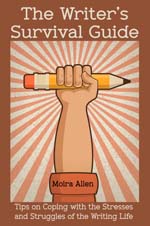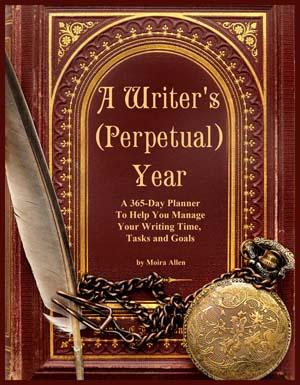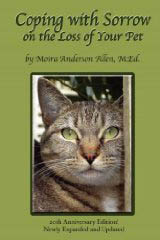 Your Guide to a Successful Writing Career
| |||
|
by Kristina Springer
Your reader should be able to tell exactly what each section is about just from reading its subhead. Your subheads should be as clear and concise as possible so that there is no question in your reader's mind as to a section's content. For example, a subhead like "Migraines" is vague. Your reader might ask himself, "What about migraines?" A more exact subhead is needed. A subhead like "Dealing with Severe Migraines" is appropriate. This tells the reader exactly what will be discussed in that section.
If you find that you've gone over a page without a break in text, then you've probably gone too long without a subhead. Look over what you wrote. Can it be broken into two sections? Did you perhaps talk about the benefits and risks of taking aspirin daily on the same page? If so, split up the information and place the benefits information under one subhead, and the risks information under another. This will save your reader time by allowing him to go right to the information he is interested in.
With a lot of nonfiction articles, especially how-to articles, you are asking your readers to do something, to perform some kind of action. Because of this, it makes sense to start your subheads with an action verb. For example, when writing a piece on how to perform various actions using Microsoft Word, I would change this vague group of subheads:
to a clearer group of subheads that open with an action verb:
If you have first-level subheads throughout your document, then you are off to a good start. Even better, however, is to add another level of detail: second-level subheads. It's a busy world and if you can help your reader pinpoint what she is looking for in a hurry, she'll thank you. For example, if you have a subhead that says:
you can break it down further by adding these second-level subheads:
Parallelism between your subheads is key to producing a professional piece of writing. Creating unparallel subheads is a mistake amateurs quite frequently make in their writing. Take a look at this group of subheads from an article on how to find a literary agent:
Read these subheads in succession and you can probably hear that the flow is off. The first subhead begins with a verb. The second subhead asks a question. The third subhead is a noun. To make these parallel, you need to choose one style and carry it out for the entire grouping of subheads at that same level. By beginning each subhead with a verb, I've now made these subheads parallel:
Any of the styles of subhead are fine, just as long as you carry it out for the entire level. If you want your first-level subheads to ask a question, then all of your first-level subheads should ask a question. Second-level subheads under each group of first-level subheads must also be parallel with each other but do not need to be parallel with the first level. When writing nonfiction articles, you want to make your writing as easy to digest as possible for your readers. Today's readers live fast-paced lives and want to get the information that they seek fast. One way of making your writing easier for your reader to use is to break it up into chunks with the use of subheads. Keep these five tips in mind when working on your next article and you'll create subheads like a pro!
This article may not be reprinted without the author's written permission. Kristina Springer is a freelance writer and writing instructor at DePaul University in Chicago, IL, where she received a Master of Arts in Writing. Currently, she is working on a young ydult fiction novel as well as a number of nonfiction articles. She lives in a west suburb of Chicago with her husband, Athens, and children Teegan and Maya. Visit her web site at http://www.KristinaSpringer.com. |
| ||
| |||




